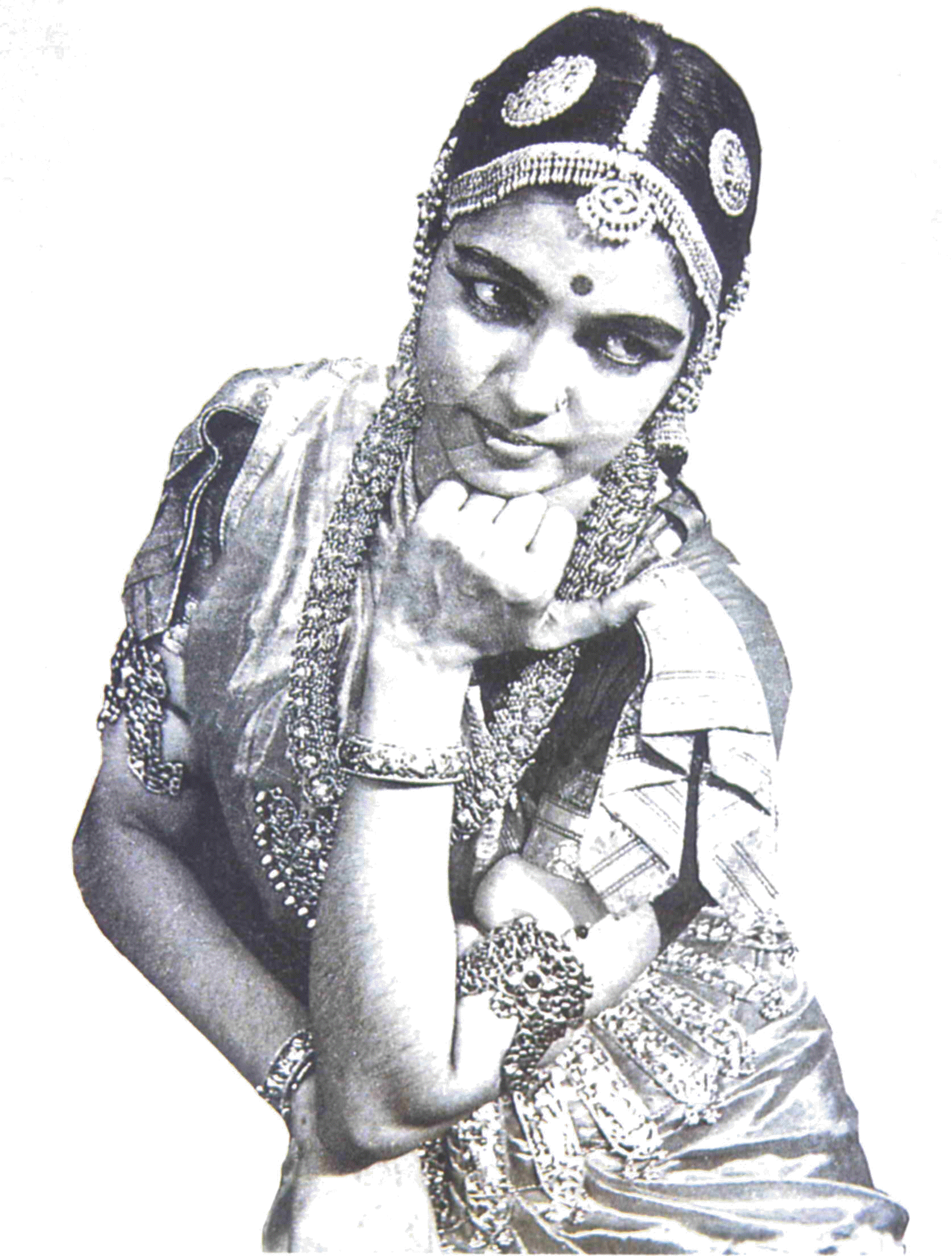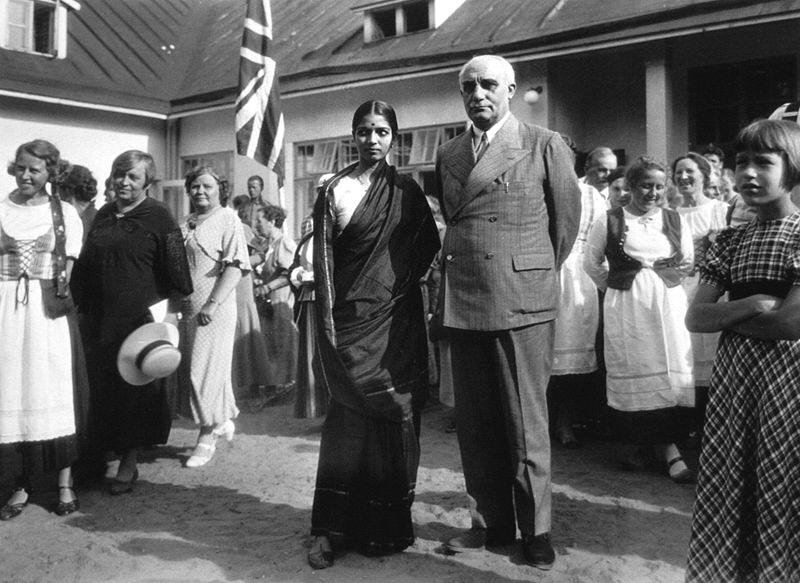|
One Hundred
Tamils of the 20th Century
Rukmani
Devi Arundale
nominated by Sachi Sri Kantha

From N.Pattabhi Raman in 100 people
who shaped India in the 20th Century
When the then prime minister
Morarji Desai offered the chair of the President of
India to Rukmini Devi Arundale in 1977 she politely
declined. She decided she could do without the
trappings of the state that a stint in Rashtrapati
Bhavan brought with it. But she was not a stranger
to fame or power. She had occupied a niche in the
arena of Indian culture long before that. Her
powerful personality, her contribution to the
renaissance of Bharatanatyam and her
creation of Kalakshetra, the
world-renowned temple of arts in Chennai, earned
for her great admiration. Less widely known is her
work for animal welfare and vegetarianism long
before either of these causes became fashionable.
Rukmini Devi had grown up under the shade of the
famous banyan tree in the sprawling Adyar campus of
the Theosophical Society of which her father was an
important functionary. In her 20s, the theosophists
proclaimed her the Mother Goddess -- the Devi --
embodying the great spiritual values of Hindustan,
even as they identified J.
Krishnamurti as the new messiah. JK refused the
mantle and went his own way; Rukmini did not, but
the attempt to promote her as Mother Goddess
fizzled out. Nonetheless, the concept behind the
move influenced her perception of Indian culture in
spiritual terms and of the arts as the embodiment
of that culture.
Interestingly, after her controversial marriage to
George Arundale when she was 16, it was western
ballet that first caught Rukmini's fancy. She
turned to Indian dance only when the ballerina Anna
Pavlova advised her to look at the "native arts" of
India for inspiration.

Rumini Arundale with her Husband
George Arundale in Finland, 1936
Rukmini was introduced to
Bharatnatyam by E. Krishna Iyer, founder-secretary
of the Madras Music Academy. During the 1930s Iyer
fought a successful battle to save the dance which
seemed likely to be buried along with the
disfavoured devadasi system. It has been a
shibboleth among the legion of Rukmini Devi's
admirers that it was she who saved Bharatnatyam
from oblivion. Recent research has revealed that
this was not entirely true. The credit for that
belongs jointly to Iyer and the band of outstanding
dancers of the devadasi community, like T.
Balasaraswati and Kumbakonam K. Bhanumati. The
dance had been revived and most of the dark clouds
of social prejudice had been blown away by the time
Rukmini Devi gave her first dance performance at
the very end of 1935.
Given her upper-class Brahmin background, Iyer had
rightly anticipated that Rukmini Devi's entry into
Bharatnatyam would further dilute social ostracism
of the community of dancers and performers.
Historically these arts had been the preserve of
the Isai Velalar community which had nurtured them
for about 150 years, if not longer. Rukmini Devi
herself gave credence to the view that she had
"reconstructed" the dance of the devadasis by
making it respectable. She did sanitise it by
virtually eliminating the sringara (erotic) element
and enveloping it in bhakti.
However, she herself had become interested in the
dance not because she wanted to cleanse it but
because when she first saw a performance by
devadasi girls, she found it to be utterly
beautiful. As far as popularising of Bharatanatyam
goes it was perhaps neither Rukmini Devi's embrace
of the dance, nor the demonstration of its beauty
by devadasi dancers that led thousands of girls to
learn Bharatnatyam. The real role model was
provided by Kamala, a child prodigy and a star
dancer in films as a youngster who later emerged as
Kamala Lakshman, a great dancer.
Nonetheless, Rukmini Devi should be remembered for
three major contributions she made to the
presentation and propagation of Bharatnatyam. She
used her sense of aesthetics to enhance the beauty
of dance presentation; she replaced tawdry
dance-wear with exquisitely designed costumes and
jewellery and presented the dance in beautiful
settings.
She tackled the problem of the transference of the
art from one generation to the next. At a time when
the teaching-learning process was still anchored in
the guru-sishya system, she set up Kalakshetra
which provided an institutional setting for the
students of music and dance. Here she retained the
positive aspects of the system and persuaded
outstanding musicians and dance gurus to join the
faculty and created for them an ambience devoid of
commercial considerations.
Hundreds of students found in it a haven of
opportunity to learn the traditional arts. Lastly,
she pioneered the use of the dance-drama format for
presenting Bharatanatyam and sophisticated versions
of folk and devotional dances.
Rukmini Devi's forceful personality was an asset.
She dominated Kalakshetra as a queen who brooked no
disagreement or even individuality. She once told
me that her creative faculties were so unique that
Kalakshetra probably could not survive after her.
Perhaps, perhaps not. Two groups began an internal
battle for the control of the institution -- and in
the midst of it Rukmini Devi passed away. In the
event, the central government took over Kalakshetra
which has since become a deemed university. It is a
moot-point whether Rukmini Devi's foreboding about
the future of Kalakshetra will turn true or
false.
|